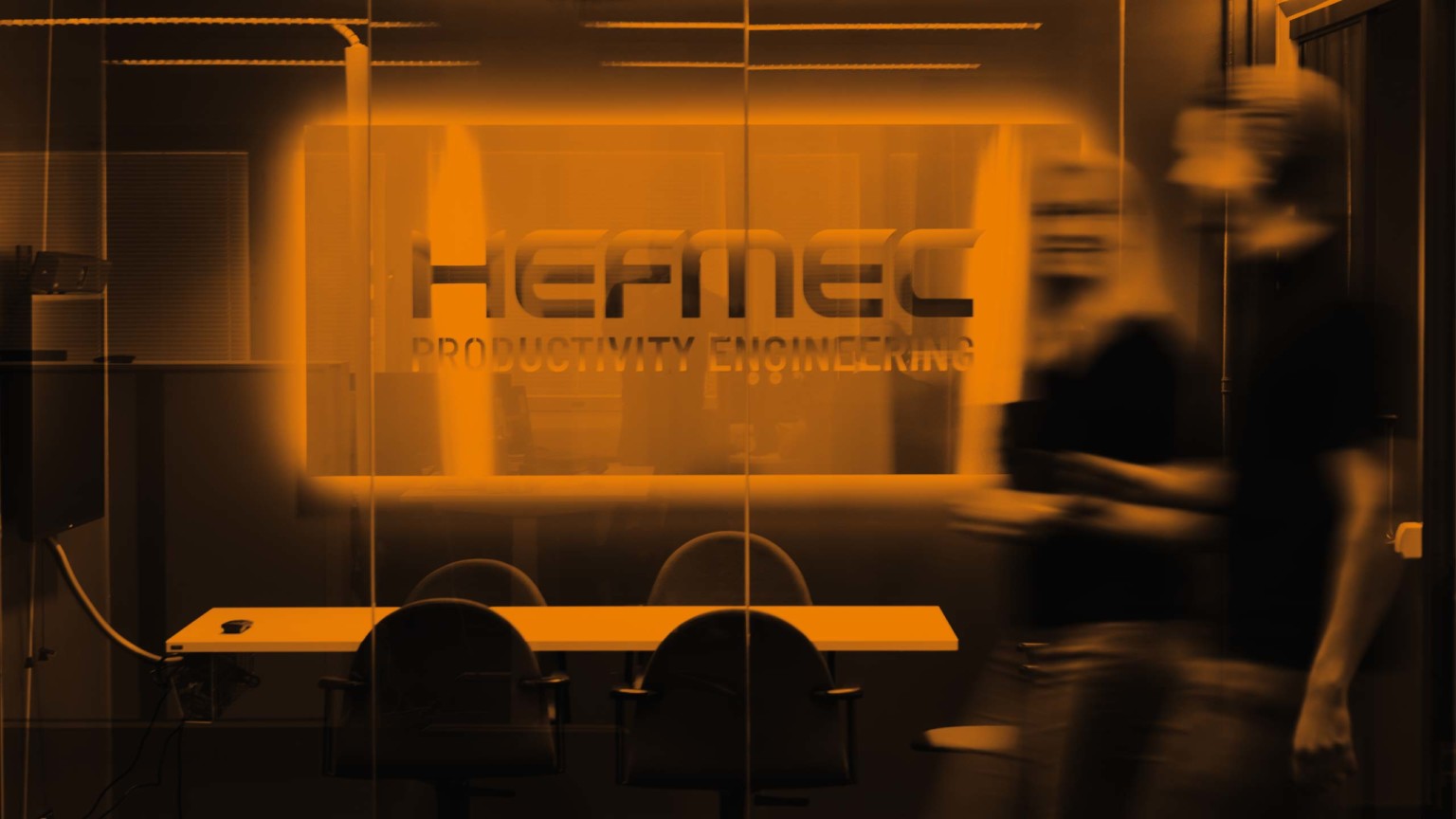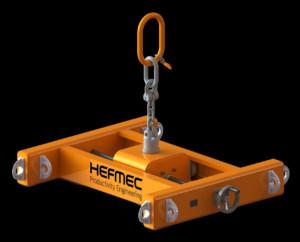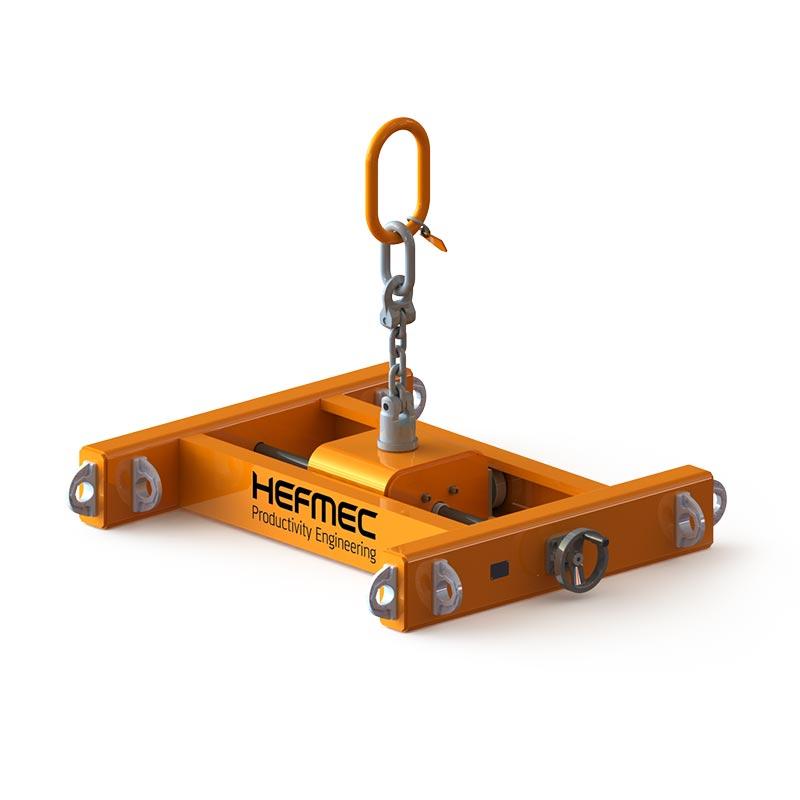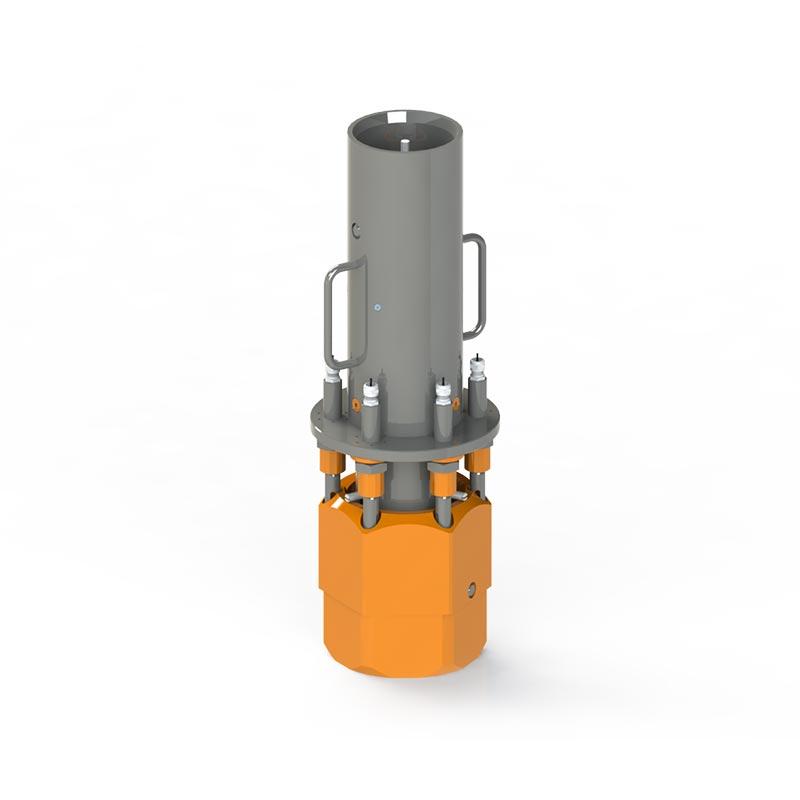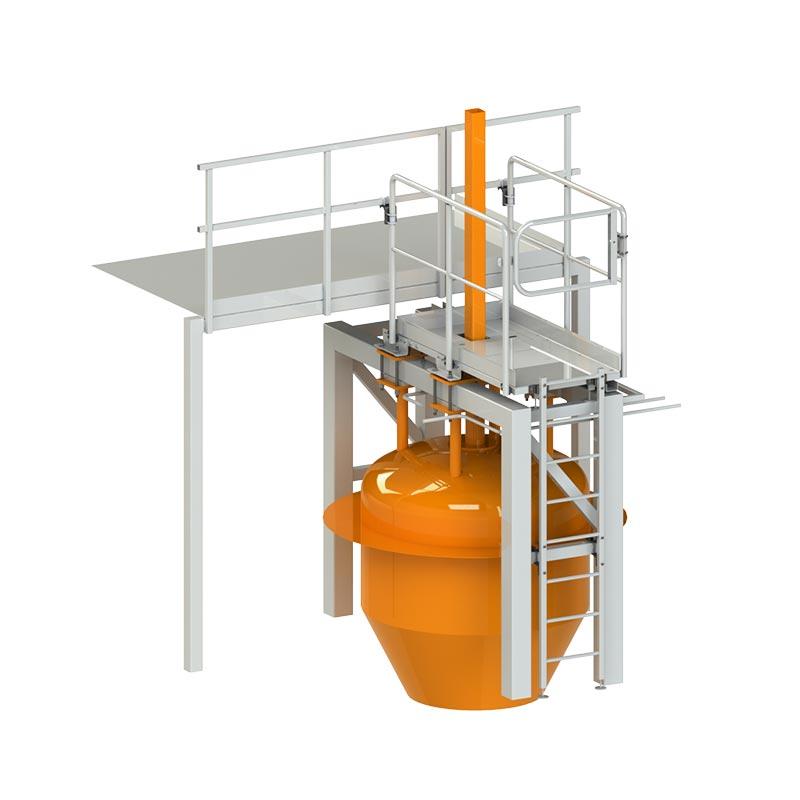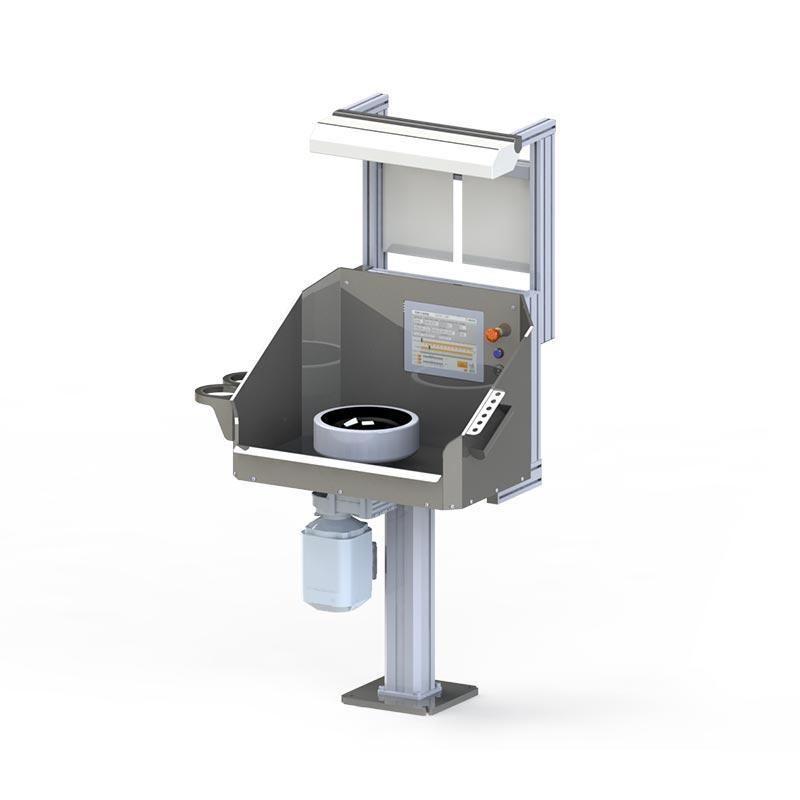Managing buy-in in production requires the right tools to ensure both safety and efficiency. The main tools are divided into mechanical lifting equipment, such as lifting beams, cranes and transfer carriages, and digital management systems that allow planning and monitoring of lifting operations. The choice of the right tools depends on the size and weight of the items to be lifted and the specific requirements of the production environment.
Introduction to the management of transfer purchases in production
In industrial production, transfer purchases are a critical part of material handling and the smooth running of production processes. It is about moving heavy components, machine parts and finished products from one place to another safely and efficiently. Without appropriate tools and systems, these lifts can pose significant risks to both occupational safety and production efficiency.
The management of inbound purchases faces many challenges in the modern production environment. The sizes and weights of the items to be lifted vary widely, the layout of production facilities imposes restrictions on the use of lifting equipment, and safety regulations require accurate documentation and monitoring. In addition, the fast pace of production requires that lifting operations are carried out efficiently without unnecessary delays.
Choosing the right tools for transfer purchases is a multi-step process that requires a thorough understanding of production needs. Tools must be versatile enough to handle a variety of lifting situations, but at the same time simple and safe to use. A systematic approach to lifting significantly improves production lead times and reduces the risk of workplace accidents.
What are transfer purchases and why do they require special tools?
Transfer lifting differs from conventional lifting in that it involves not only lifting the piece, but also moving it horizontally or three-dimensionally on the production floor. Typical transfer lifts include moving machine parts from one assembly line to another, transferring finished products to storage, and positioning heavy components on machine tools. These lifts require special design and lifting equipment that allows controlled movement in all directions.
In industrial production, transfer lifting faces specific challenges that cannot be solved by conventional lifting equipment. The objects to be lifted may be asymmetrical, have an off-centre centre of gravity, or require special handling due to delicate surfaces. In addition, space constraints in production areas and other equipment limit the movement of lifting equipment, requiring compact and versatile solutions.
Standard tools are not sufficient for transfer purchases for several reasons. Conventional cranes and gantry systems are designed mainly for vertical lifting and do not provide sufficient control for horizontal transfer. Transfer lifts often require adjustable lifting points to safely handle different shaped pieces. In addition, documentation and traceability of lifting operations are critical to quality systems, requiring digital tracking systems.
What are the main mechanical tools used in transfer purchases?
Mechanical lifting equipment forms the basis of transfer lifting in industrial production. The main equipment is bridge cranes, boom cranes, lifting beams and transfer cars. Each of these devices serves different lifting needs and production environments, and their choice depends on the characteristics of the items to be lifted and the space available.
Overhead cranes are the most versatile solutions for large production facilities where wide coverage and high lifting capacities are required. They allow the transfer of pieces throughout the hall and are particularly suitable for handling heavy machine parts. Boom cranes, on the other hand, offer the most compact solution for smaller spaces and workstation lifting, allowing precise positioning within a limited working area.
Lifting beams are special tools that allow the safe handling of long and asymmetrical pieces. Adjustable lifting beams, such as OptiBeam systems, offer the flexibility to lift different shaped pieces without tools by means of adjustments. Fixed lifting beams, on the other hand, are suitable for repetitive lifts where the pieces to be handled are of the same size. Lifting beam capacities range from one tonne up to 200 tonnes, covering almost all industrial lifting needs.
| Type of lifting device | Capacity | Suitability | Specific characteristics |
|---|---|---|---|
| Bridge crane | 1-500 tonnes | Large production facilities | Wide coverage area, high lifting capacity |
| Log crane | 0,5-10 tonnes | Lifting per workstation | Compact, precise positioning |
| Adjustable lifting beam | 1-50 tonnes | Pieces of different sizes | Tool-free adjustment, versatility |
| Fixed lifting beam | 1-200 tonnes | Repeated lifting | Standard structure, speed |
How can digital systems improve the management of transfer purchases?
Digital management systems have revolutionised the management of the production of transfer purchases in recent years. These systems enable accurate planning, real-time monitoring and comprehensive documentation of lift operations, improving both safety and efficiency. Modern lifting systems integrate seamlessly with other information systems in production, creating a holistic view of material handling.
Lift design software is a key tool for complex lifting projects. They allow you to simulate lifts in advance, taking into account the weight, shape and position of the centre of gravity of the object. The software automatically calculates the required lifting angles, rope forces and safety margins, minimising the risk of human error. The design tools also produce accurate lifting maps to guide lifting operations in the field.
Real-time monitoring and safety systems ensure that lifting operations are carried out safely within defined parameters. Sensors monitor the load on the lifting equipment, warning of overloads or uneven loads. Digital systems automatically record the data of each lift, creating a traceable history of all movements. This data is valuable for both quality systems and maintenance, enabling predictive maintenance and optimal use of lifting equipment.
Key tools for secure and efficient management of transfer purchases
Safe and efficient management of buy-to-let requires a combination of the right tools and their systematic use. Key production equipment forms a whole, with mechanical lifting equipment, digital control systems and safety equipment working seamlessly together. Successful implementation requires careful planning and staff training.
Matching tools starts with an inventory of production needs. The characteristics of the pieces to be lifted, the lifting density and the layout of the production area determine the type and capacity of the lifting equipment required. Adjustable lifting beams offer flexibility for varying lifting needs, while fixed solutions optimise repetitive lifting. Digital systems are integrated with the control of the lifting equipment, enabling automatic documentation and real-time monitoring.
Best practices in the management of transfer purchases emphasise a proactive approach. Regular inspections and maintenance ensure the reliable operation of lifting equipment. Continuous training of staff updates their knowledge of the latest tools and methods. Standardisation and documentation of lifting plans create a uniform approach throughout the organisation. A holistic approach, combining the right tools, skills and processes, maximises production efficiency and minimises safety risks.
The management of buy-in is a critical part of modern industrial production, and the choice of the right tools has a direct impact on production efficiency and safety. The combination of mechanical lifting equipment and digital systems provides the basis for meeting increasingly demanding production needs. Continuous developments in lifting technology and digitalisation open up new possibilities for more efficient and safer material handling in industrial production.

